Written by Lily Haines, MSc
Deemed “the deadliest immediate threat to Bahamian coral reefs,” the ominous spread of Stony Coral Tissue Loss Disease (SCTLD) has been shrouded in mystery.
For more than two years, the highly transmissible, waterborne disease has plagued The Bahamas’ stunning blue waters, travelling up to 50 metres (55 yards) per day and killing hundreds of corals in its wake. And the pathogen that causes SCTLD remains unknown, despite scientists discovering the disease off the coast of Florida more than six years ago, in 2014.
But a new research paper published in Frontiers in Marine Science, revealed a gripping new clue… commercial ships likely introduced SCTLD to The Bahamas.

Investigating the spread of SCTLD
The study, which links the disease to ballast water ejected from large tanker ships, used Atlantic and Gulf Rapid Reef Assessments (AGRRA) to evaluate SCTLD on reefs off New Providence and Grand Bahama. Widely considered the “gold standard” for monitoring coral reef health in the Caribbean, the Atlantis Blue Project Foundation (ABPF) has supported and funded AGRRA training in the Bahamas since 2008.
The results showed reefs closest to The Bahamas’ main commercial shipping ports exhibited the most dramatic infection and mortality rates of corals. Indeed, infection rates among the most susceptible brain coral species, symmetrical brain coral (Pseudodiploria strigosa) were 23.1% in New Providence and 45.6% in Grand Bahama, with mortality rates up to 43%. This species often died within weeks of being infected.
Meanwhile, reefs located further from these ports were healthier, and displayed less of the tell-tale signs of white, exposed skeletal patches associated with the troubling disease.
ABPF collaborator and the study’s lead author, Dr. Craig Dahlgren, also observed large tankers pumping out enormous quantities of water near reefs off Freeport – Grand Bahama’s main port and second most populous city in The Bahamas.
“If ballast water was taken on board in a port area where SCTLD was present and not exchanged in open water away from reefs as required in The Bahamas, ballast water may have been the means by which SCTLD reached the Grand Bahama area some time in 2019,” the study notes.
What’s more, the disease hasn’t been reported on reefs near Bimini, an island closer to Florida – the epicentre of the disease – than both Grand Bahama and New Providence. This further supports the authors’ hypothesis that ships are literally transporting the disease around the Caribbean.

Protecting coral reefs at the ABPF
Coral reef conservation is at the heart of the ABPF mission to save sea species and their extraordinary habitats.
This seminal study undoubtedly highlights the importance of training Bahamian marine researchers in rigorous and innovative AGRRA protocols to evaluate how coral reefs change over time. Thanks to ABPF support, more than 60 people in The Bahamas have been trained in AGRRA, and over 430 coral reef sites have been surveyed to date.
But what else can Blue Project community members do to stop the spread?
The first step is to stay informed about the disease. Specifically, large tanker ships aren’t the only boats to blame for spreading SCTLD between islands.
“Smaller vessels including commercial and recreational fishing boats, yachts, and inter-island mailboats may have also contributed to the spread of SCTLD within each island and to other parts of The Bahamas,” the study notes.
SCUBA divers, snorkelers and spear-fishermen could also be accidentally transmitting the disease between reefs. To prevent human spread, it’s imperative that ocean lovers disinfect their gear with sodium percarbonate between dives.
Moving forward, spreading awareness about this devastating disease, as well as regulating the ballast water transfer and the on-site pumping and disinfection of bilge water from boats will be crucial.

